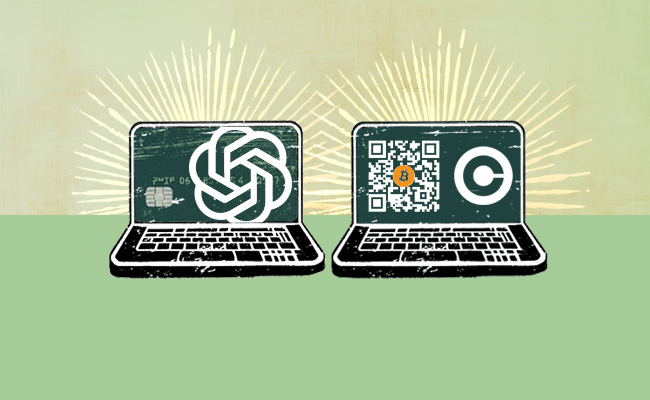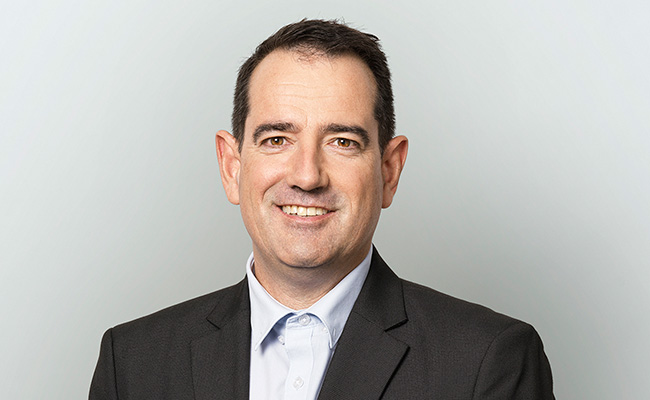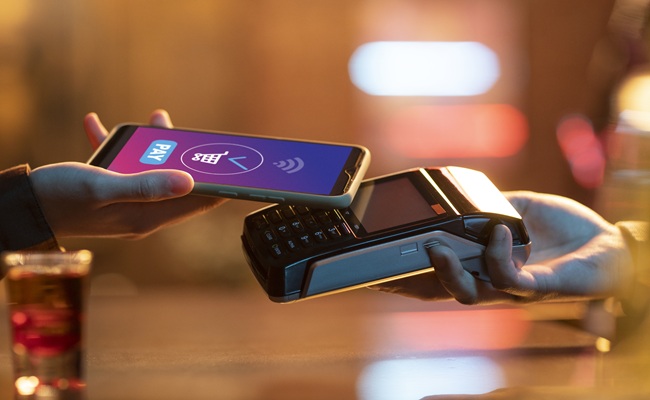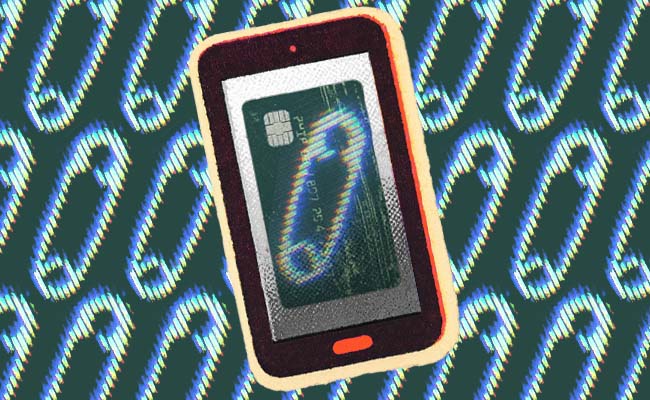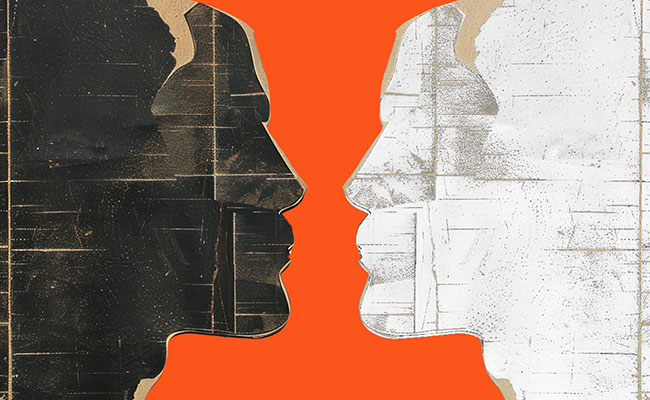In early November, two announcements slipped quietly into the news cycle. OpenAI, in conjunction with payments company Stripe, revealed that you can now ask ChatGPT to find a product – a jacket, a hotel, a pizza – and buy it for you directly within the chat, with no need to visit the merchant website. It is called “Instant Checkout”.
But more importantly, Coinbase – the US’s most visible cryptocurrency exchange – revealed a new way to make tiny payments across the web using the digital dollars known as stablecoins. It has the unromantic name “x402” and was announced in May but rolled out only this month.
Together, these initiatives point towards the possibility – some would say certainty – that the business model of the internet, essentially unchanged for 30 years, is about to flip.
The move towards micropayments
The current model is so familiar that we hardly see it anymore. Websites are “free” and, in return, we hand over oceans of personal data. Advertisers pay the bills. Or, increasingly, we subscribe, piling up monthly charges we barely remember authorising. Between the surveillance-driven free tier and the exhausting expansion of subscriptions, the internet has become a slightly uncomfortable place to live.
There has long been another idea: micropayments. A few cents for a single article. Pennies for a song. A sliver of a dollar for a map search or a research snippet. But banks and card networks were built for shopping sprees and monthly bills, not for fractions of a coffee. Fees devour the payment itself. Micropayments never got off the ground.
In the early 1990s, the architects of the World Wide Web had a vision. The internet would not just move information – it would move money too. They even reserved HTTP status code 402: “payment required.” They imagined clicking a link triggering a micro-payment as naturally as loading a webpage.
There was one problem: the technology did not exist. Credit cards were clunky and expensive. Bank transfers took days. Paying a fraction of a cent was laughable when transaction fees were measured in dollars. So HTTP 402 sat dormant for three decades – until now, with the arrival of crypto and the Coinbase announcement.
OpenAI’s contribution is subtler. Its shopping feature is a sign of what happens when the consumer interface is no longer a webpage but a conversation. Instead of hunting down the checkout button, your assistant does the transaction for you. You do not even think about shopping; you simply ask for what you want.
A welcome change
Combine Instant Checkout and x402, and something interesting appears on the horizon: your software could spend money on your behalf – and do so in tiny increments that feel almost frictionless.
Imagine asking a digital assistant for a summary of the latest inflation data in Britain. It might reply: “That will cost 2c – shall I purchase it?” A recipe from a food blogger: 3c. A new track from your favourite musician: 0.5c. Tiny costs. Zero sign-up forms. Zero password resets. No predatory “free trials” that roll into monthly fees. No intrusive cookie pop-ups pleading to track you. You simply pay for the sliver of value you consume.
But it goes deeper. Every API call, data query and computational resource can be monetised without subscription overhead. A weather service could charge five-thousandths of a cent per prediction. An AI model could pay another AI for specialised analysis. A smart city sensor could automatically purchase cloud storage when needed.
For media businesses, the implications are enormous. The entire clickbait ecosystem exists because most readers will never subscribe to dozens of publications. So, publishers maximise advertising by maximising attention – at any cost to quality. But if a compelling investigation could earn money from casual readers – not after 10 free stories, not via a subscription, but instantly – we might see fewer empty calories and more depth. Journalists could be rewarded for actual journalism.
The same logic applies to small, useful corners of the web that languish without a viable business model. A clever spreadsheet template. A single legal clause generator. A local historian’s archive. Today, they either drown in ads, erect clumsy paywalls, beg for donations, or remain unpaid hobbies. A functioning micropayment ecosystem could support them all. It would allow a million miniature businesses to bloom.
Subscription fatigue
Consumers might welcome the change. The average person already suffers from a condition economists have yet to name: subscription fatigue. Music, streaming services, newspapers, cloud storage, gyms – each a minor drain, cumulative in effect. A nickel here and a dime there might paradoxically feel more honest. One pays only for what one actually consumes.
Privacy becomes easier, too. You wouldn’t need to “sign in with Google” or share your email address with every website that handles something you want to read once. A quick payment – and no digital trace left behind beyond the transaction itself.
There is also a geopolitical dimension. Because stablecoins operate across borders without banks as intermediaries, a programmer in Nairobi could sell a tool directly to a consultant in Berlin without either party interacting with a credit card processor or a traditional merchant account. It is a shift from national payment systems to an internet-native one. For the developing world, this may be more than convenience; it may be inclusion.
So, when we look back at this moment in a decade, it may not be the launch of ChatGPT that stands out as the turning point, but the moment ChatGPT learnt how to shop and pay for anything, no matter how small; the moment where AI, cryptocurrency and the internet converged.
Steven Boykey Sidley is a professor of practice at JBS, University of Johannesburg and a partner at Bridge Capital.
Top image: Rawpixel/Currency collage.
Sign up to Currency’s weekly newsletters to receive your own bulletin of weekday news and weekend treats. Register here.



